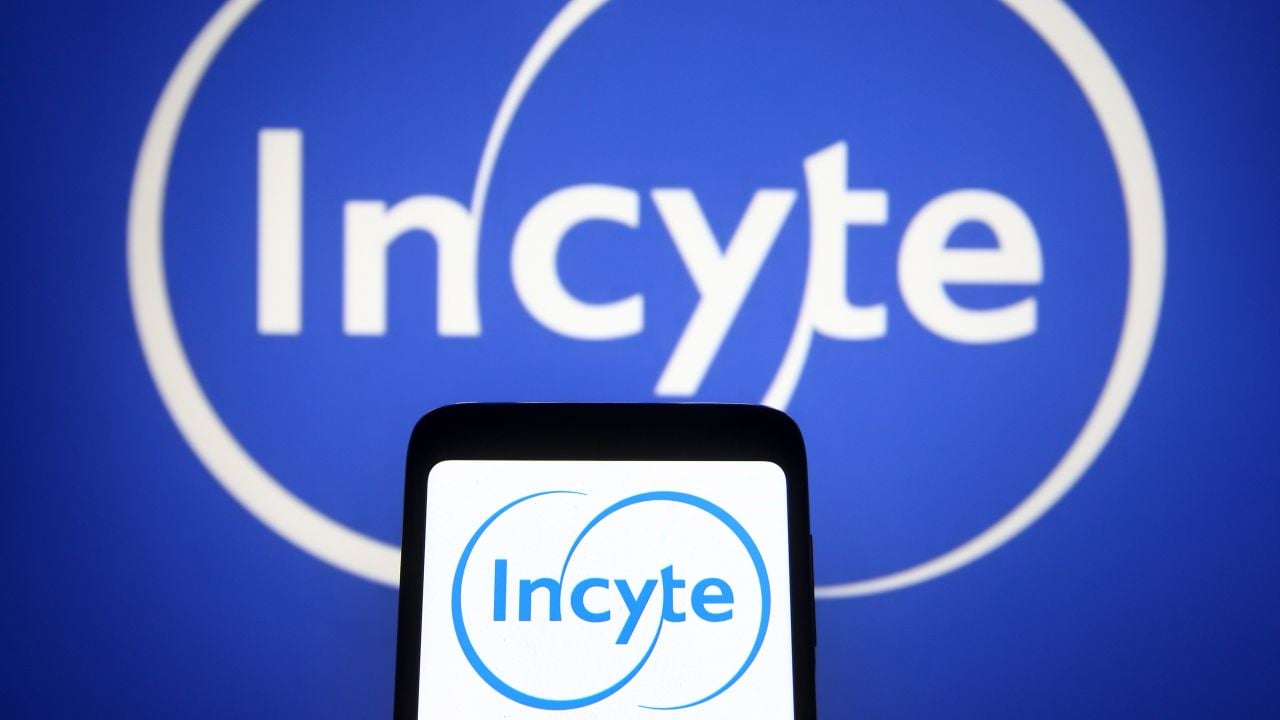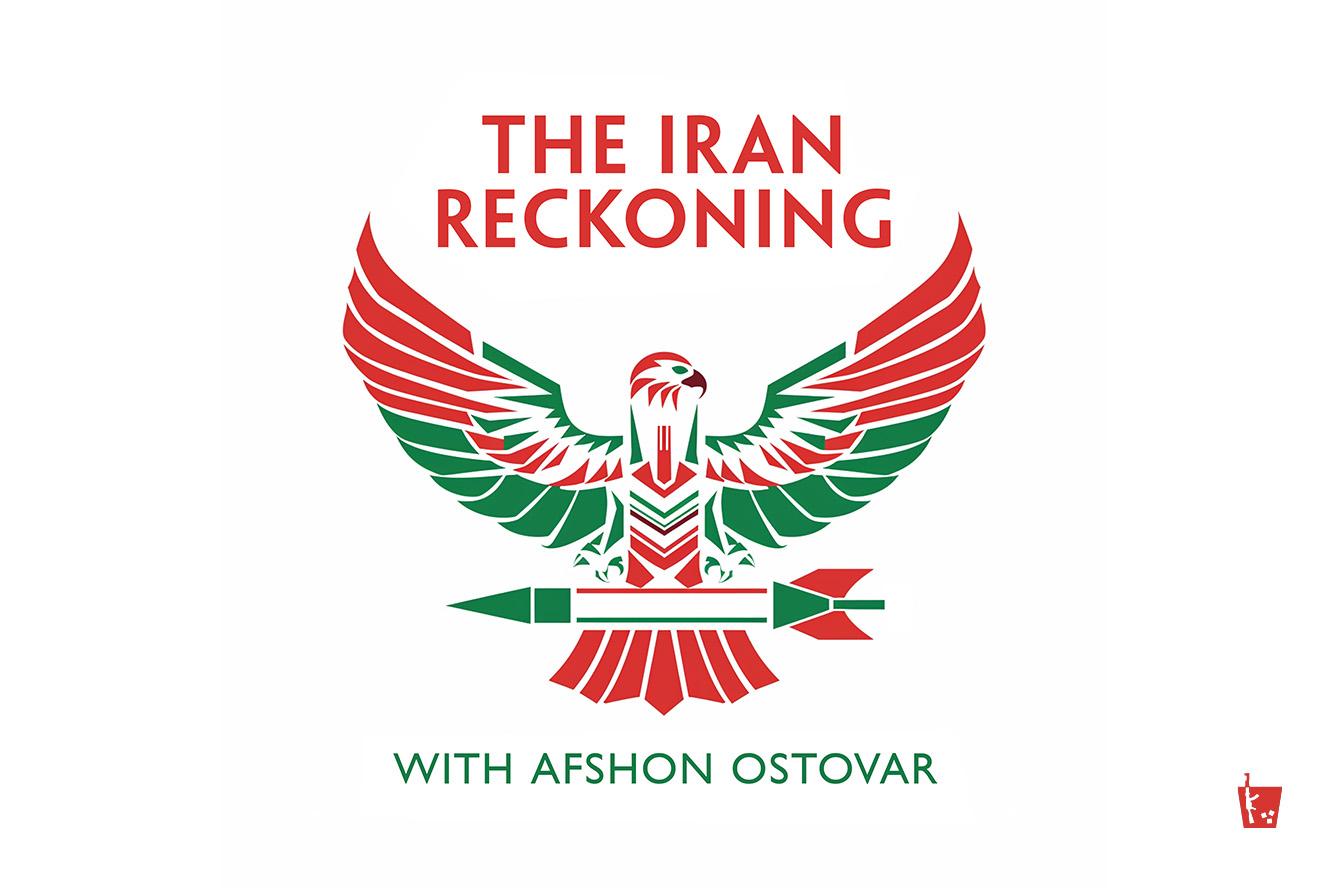Why Early, Detailed Project Planning is Crucial in Manufacturing
When the stakes are high and margins are slim, there is no room for poor planning. The planning process doesn’t change based on the type of project; it is always constant and is the most critical part of any project. The post Why Early, Detailed Project Planning is Crucial in Manufacturing appeared first on Fabricating & Metalworking.


The success of any project hinges on one critical factor: planning. Poor project plans are not just a minor inconvenience — they are a direct threat to the bottom line. Creating a plan, adapting to changing circumstances, and open communication with employees and customers will ensure you hit your goals every time.
The High Cost of Poor Planning
Manufacturing projects are complex by nature, and require a clear, well-defined plan. Poor planning often manifests in several ways:
- Misaligned Objectives: When the scope of a project is not clearly defined, engineering teams may design products that marketing cannot sell. This misalignment is a direct hit to profitability. If the product doesn’t meet market needs, it doesn’t matter how well it’s engineered — it won’t generate revenue.
- Scope Creep: One of the most common pitfalls in manufacturing projects is scope creep. The gradual expansion of a project’s scope without corresponding adjustments to time, budget, or resources creates stress for employees and unrealistic expectations for customers when not explicitly budgeted for or thoroughly communicated. While it’s not inherently wrong to add features or adjust goals, failing to renegotiate timelines and budgets can lead to overruns and compromised quality.
- Missed Deadlines: If a project is delayed, the consequences can be severe. For example, if a product misses its market launch window, the company may lose out on seasonal demand or face stiff competition from rivals. In some cases, missing a deadline means losing the entire revenue stream for that product. Who knows if you’ll be able to compete the following season.
- Resource Drain: Engineers may be pulled in multiple directions, equipment may sit idle, and materials may be wasted. These inefficiencies add up, eroding profitability and straining relationships with customers and stakeholders. The name of the game is efficiency, and poor planning ensures you’re maximizing your inefficiency.
The Importance of Early, Detailed Planning

The antidote is simple but effective: create a plan and stick to it. That doesn’t mean there won’t be bumps or challenges but understanding all key components and allowing for contingencies goes a long way toward taking a project through the finish line on time and on budget. A well-structured project plan serves as a roadmap, guiding teams through each phase of the project and ensuring that everyone is aligned on objectives, timelines and responsibilities. A clear road map provides your team with:
- Clear Scope Definition: The foundation of any successful project is a clearly defined scope. This involves collaborating with cross-functional teams — including marketing, engineering, and customer representatives — to agree on the project’s objectives, deliverables, and constraints. A project charter is a useful tool for documenting this agreement and ensuring that everyone is on the same page.
For example, if a customer wants a piece of equipment with specific features, the team must agree on which features are essential and which ones are negotiable. Everyone must also agree on how the features align with market demand. This clarity prevents misalignment and ensures that the final product meets both client expectations and market needs.
- Visualizing the Workflow: One of the most effective planning techniques is visualizing the workflow. This involves mapping out tasks in a network diagram, assigning ownership, and identifying dependencies. By breaking the project into manageable steps and estimating the time required for each, teams can create a realistic timeline and identify potential bottlenecks early.
If a task requires input from another team member, that dependency must be clearly communicated. This prevents delays and ensures that work progresses smoothly. Visualizing the workflow also makes it easier to adjust the plan if the customer’s timeline changes. If a product launch is moved up, the team can “crank things back” and adjust the plan accordingly — though this may require additional resources or compromises on quality. This allows employees and customers to be on the same page and avoid issues that come with misaligned expectations.
- Regular Plan Updates: A project plan is not a static document but a living, breathing guide that must evolve as the project progresses. Regular updates are essential to reflect real world realities and ensure that the plan remains accurate. This should involve revisiting the plan every week or two to assess progress, identify challenges, and make necessary adjustments.
For example, if a critical component is delayed due to supply chain issues, the team must update the plan and communicate the impact on the overall timeline. This proactive approach prevents surprises and allows the team to manage client expectations effectively. Regular communication and adaptation make sure any slippage and lateness is resolved before it becomes a bigger issue.
- Collaboration Over Conversation: Effective planning requires more than just conversation — it also requires collaboration. The two are not separate; rather, they go hand in hand, as collaboration is fueled by conversation. Everything in project management begins with a conversation. We define scope through discussion, build network diagrams by exchanging insights, and assign ownership and timelines through dialogue. Scheduling, problem-solving, and adjustments all happen in real time through conversation. Collaboration emerges from these interactions, transforming ideas into structured plans.
Simply telling someone what to do ensures the task gets done. But explaining why it matters unlocks deeper engagement and innovation. When teams understand the purpose behind their work, they don’t just follow instructions — they find ways to improve processes, anticipate challenges, and contribute meaningfully. A shared understanding of the “why” enables teams to facilitate solutions, optimize workflows, and build stronger, more adaptable project plans.
- Managing Scope Creep: Scope creep often carries a negative connotation, but it isn’t inherently bad. In fact, clients have every right to request changes to a project’s scope, as long as the team has the equal right to adjust timelines, budgets and resources accordingly. The key is negotiation. When scope changes arise, teams must assess the impact, communicate trade-offs, and agree on a feasible path forward to maintain project integrity.
However, not all scope creep is created equal. There are two primary sources:
Client-driven or upper management scope creep — where additional features or changes are requested mid-project — can be managed through structured discussions and clear agreements on added costs and timelines. If a customer wants to add a new feature halfway through the project, the team must explain the additional time and resources needed to accommodate this new feature. By managing expectations and defending their decisions, they can maintain the integrity of the project, avoid unnecessary stress for the team, and ensure the client is not operating under the unrealistic expectation of getting additional features at no additional cost or time.
Team-driven scope creep is the more dangerous type. This occurs when team members, seeing an opportunity, decide to “fix” unrelated issues or optimize beyond the agreed-upon scope. Team members may feel they can leverage one project to fix an issue on a different project. In both cases, this additional, unauthorized work costs time and money which leads to unhappy customers.
On both sides, the role of leadership in project success is critical. Staying on track and following the process ensures there are no big surprises your team isn’t equipped to handle. Foster a culture of collaboration and accountability, where teams feel empowered to voice concerns and propose solutions.
The process of planning may not be glamorous, but it is the backbone of any successful manufacturing project. By investing time and effort into early, detailed planning, teams can avoid costly mistakes, deliver projects on time and within budget, and maintain strong relationships with customers and stakeholders.
The post Why Early, Detailed Project Planning is Crucial in Manufacturing appeared first on Fabricating & Metalworking.
















































































































































